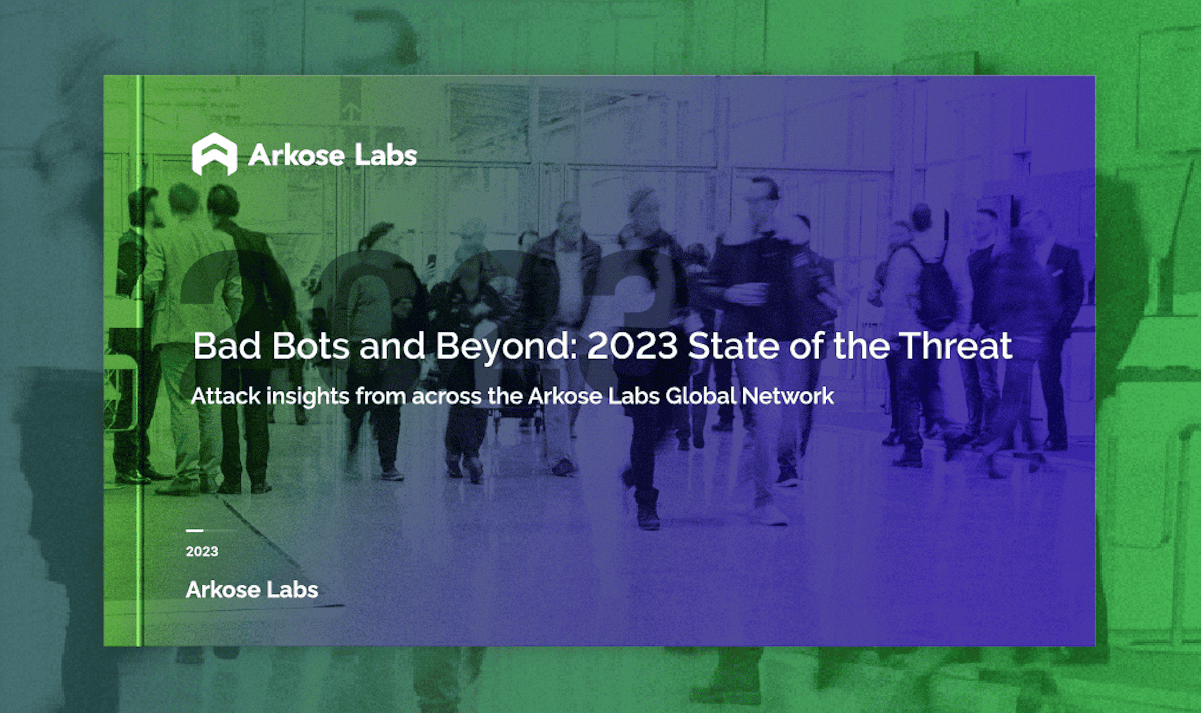In the past year, cyberattacks have risen to unprecedented levels, threatening companies and consumer trust before any transaction even takes place. As a result, the need for advanced tools and resources to effectively protect users has become increasingly urgent.
Setting up policies, systems, and software is not enough to effectively protect against bot-driven attacks and cybercrime. Security must be dynamic and regularly adjusted to stay ahead of threat actors who are poised to exploit any vulnerabilities. Our report provides businesses with the necessary tools and resources to stay ahead of these evolving threats.
With Arkose Labs’ 2023 State of the Threat Report, you will find extensive information and best practices around:
- Shifting attack surface
- Hacktivism
- Cybercrime-as-a-service (CaaS)
- Ransomware
- Mobile Malware
Protect your business and your users from the devastating effects of cybercrime. Get your copy of Arkose Labs’ 2023 State of the Threat Report today!


